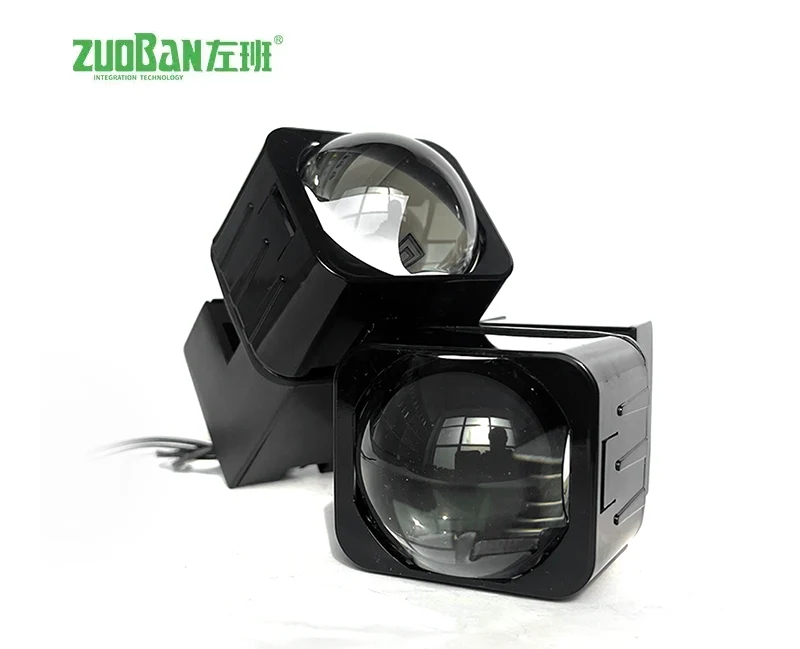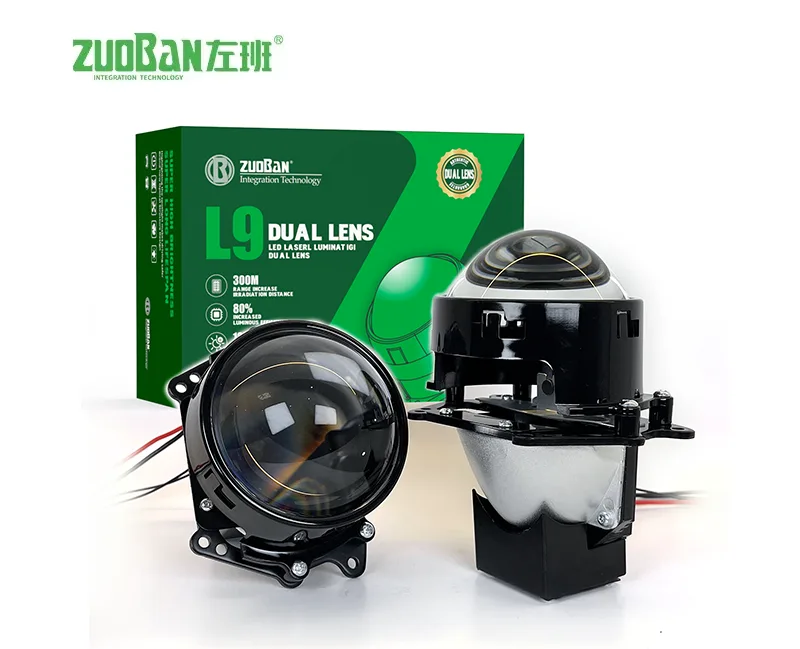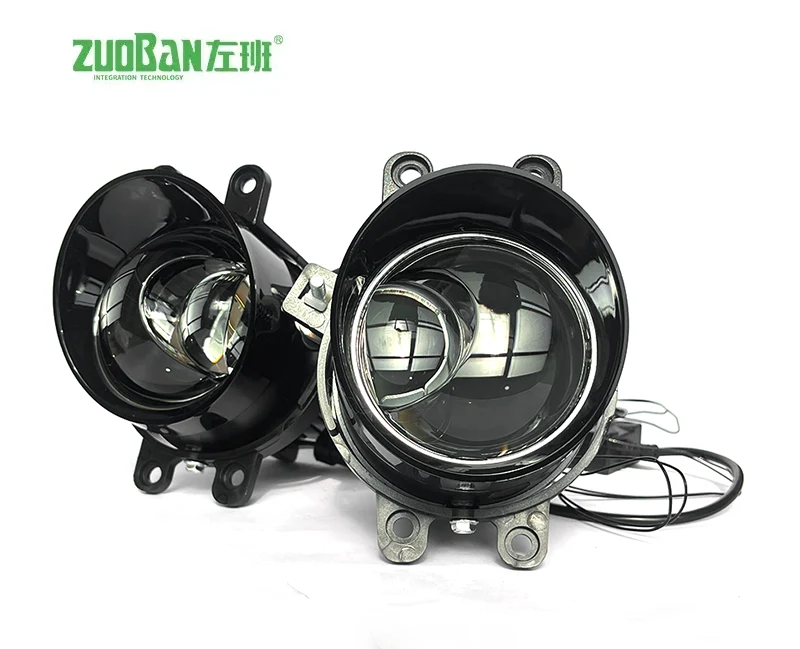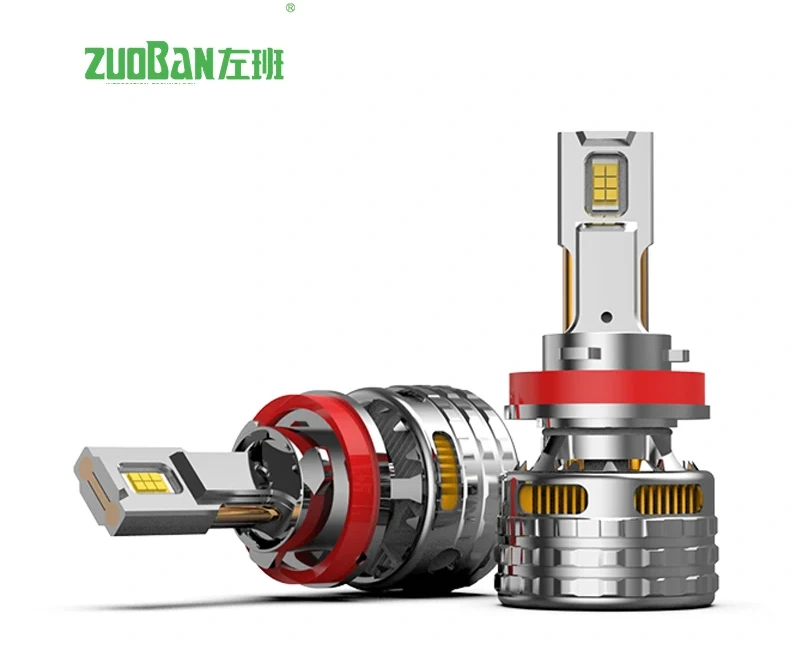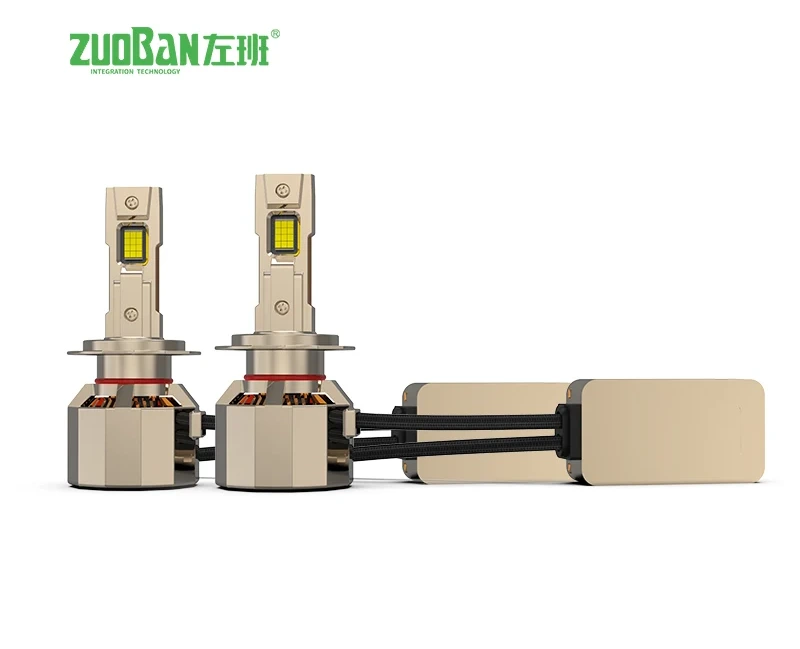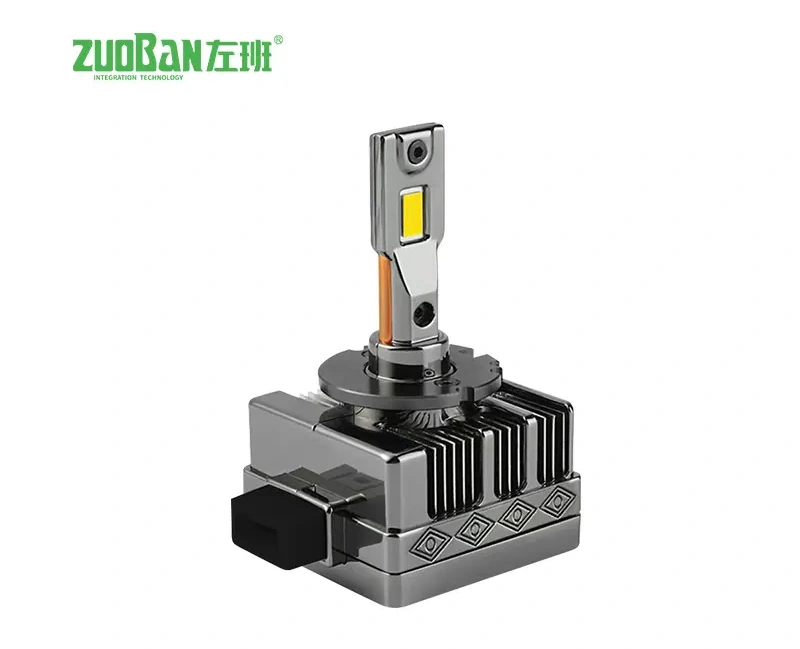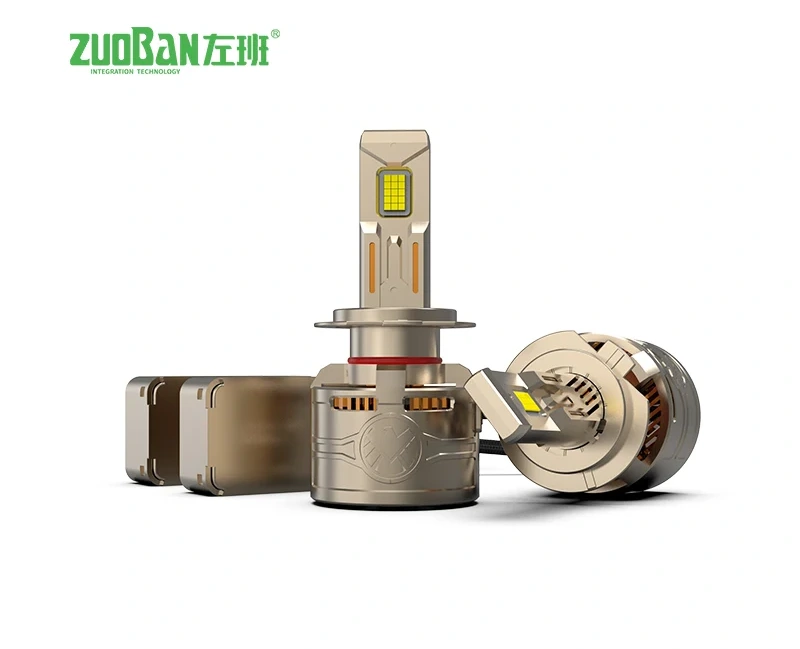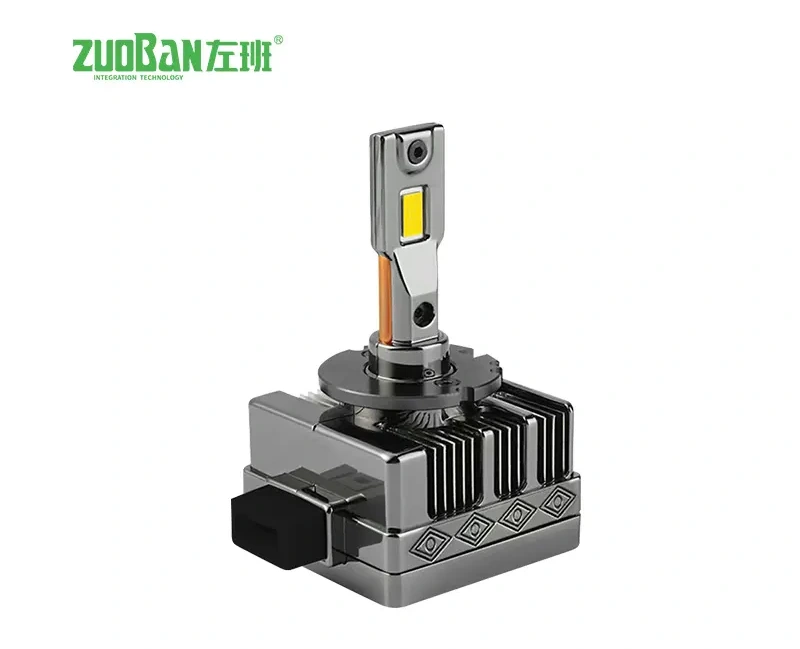Why are LED car headlights the future trend?
The prevalence of LED headlights in automobiles today can be attributed to a multitude of factors that encompass technological advancements, environmental concerns, safety enhancements, and consumer preferences. This trend underscores a shift towards more efficient, sustainable, and intelligent automotive lighting solutions.
Energy Efficiency and Environmental Sustainability
One of the primary reasons for the popularity of LED headlights is their exceptional energy efficiency. LED (Light-Emitting Diodes) convert electrical energy into light more efficiently than traditional halogen and xenon bulbs, with energy consumption being as low as one-tenth that of halogen bulbs and one-seventh that of xenon bulbs. This means a reduction in fuel consumption and carbon emissions. It is in line with the global drive for environmental sustainability and the reduction of the carbon footprint in the automotive industry.
The high electrical-to-optical conversion rate of LED(often exceeding 80%) ensures that minimal energy is wasted as heat, further enhancing their eco-friendly credentials.
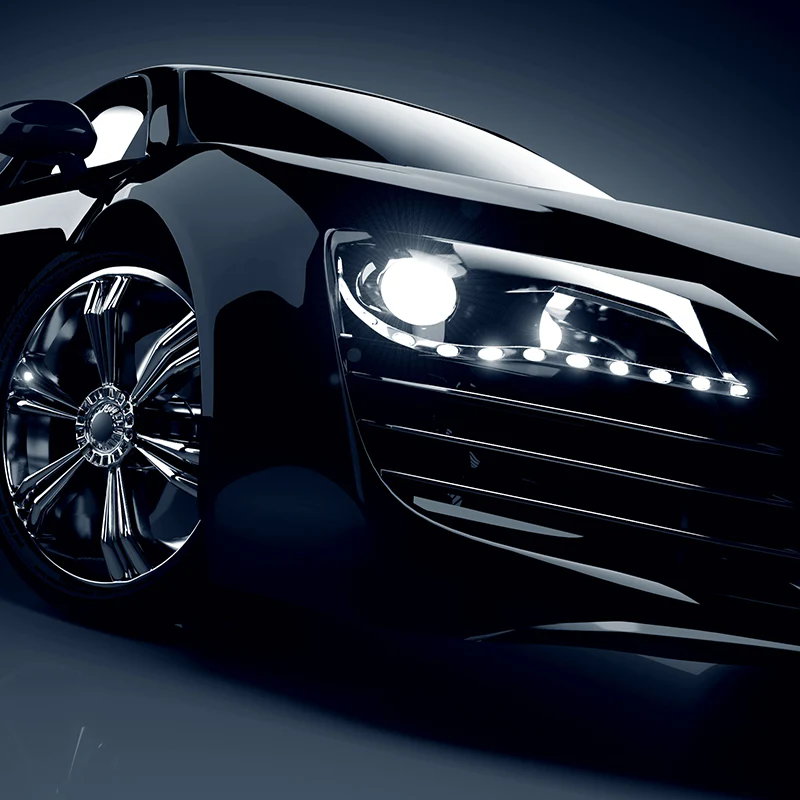
Long Lifespan and Durability
LED is known for their long lifespan of 50,000 hours, while halogen bulbs only have a lifespan of a few thousand hours.
This durability means a reduction in maintenance costs and the number of replacements within the service life of the vehicle. The absence of fragile filaments or gas-filled tubes in LED also makes them more resilient to vibrations and impacts, ensuring reliable performance even under harsh driving conditions.
Enhanced Lighting Performance
LED headlights offer excellent lighting performance in terms of brightness, color accuracy, and beam control. The monochromatic nature of LED enables them to generate light with high color saturation and vivid hues, making night driving safer and more comfortable. In addition, LED can be designed to be shaped with precision optical elements and direct the light beam, minimizing glare and maximizing the visibility for both drivers and pedestrians. This includes functions such as the Adaptive Front-lighting System (AFS), which can adjust the headlight beam pattern according to the steering angle and vehicle speed, thereby providing the best illumination in different driving situations.
Design Flexibility and Aesthetics
The small size and lightweight characteristics of LED allow for greater design freedom, enabling automobile manufacturers to create sleeker and more aerodynamic headlight designs. The ability to integrate multiple LED into a compact unit also contributes to the realization of advanced lighting functions, such as matrix headlights, which use a grid of individually controlled LED to dynamically adjust the light distribution. These advanced systems can provide functions such as automatic high beam dimming, cornering lights, and even projecting graphic patterns on the road surface, thereby enhancing safety and the overall driving experience.
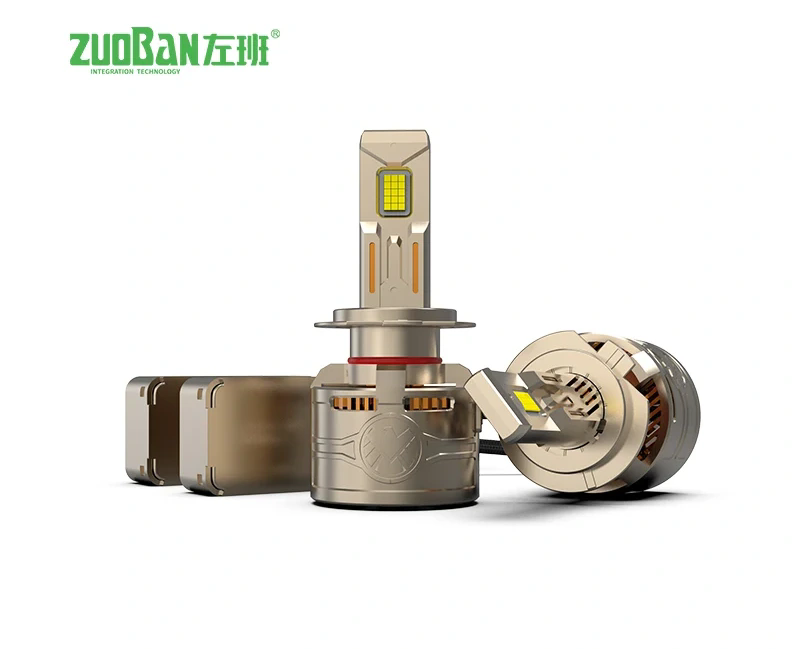
Technological Progress and Intelligent Lighting
With the development of automotive technology, the functions of LED headlights are also evolving continuously. Intelligent lighting systems driven by advanced sensors and algorithms are becoming more and more prevalent. These systems can detect other road users, adjust the intensity and distribution of light to avoid glare, and can even communicate with other vehicles or infrastructure through light signals. For example, pixel LED headlights can project symbols or information onto the road to warn pedestrians or other drivers of potential dangers.
Consumer Demands and Market Trends
Finally, consumers' demands for safer, more efficient, and technologically advanced automobiles have driven the increasing popularity of LED headlights. As people's awareness of the advantages of LED lighting continues to rise, consumers are increasingly willing to pay a premium for vehicles equipped with these features. In turn, automobile manufacturers have responded by offering LED headlights as standard or optional equipment on an expanding range of vehicle models
In conclusion, the popularization of LED headlights in today's automobiles demonstrates their numerous advantages, including energy efficiency, long lifespan, enhanced lighting performance, design flexibility, and technological progress. With the continuous development of the automotive industry, LED headlights will play an even more prominent role in shaping the future of automotive lighting。
- What Makes a Fog Lamp Essential for Modern Vehicles?
- Why Are Car LED Headlights the Future of Automotive Lighting?
- How Does the External Driver Series LED Headlight Redefine Automotive Lighting Performance?
- Why Should You Choose LED Headlight For Upgrading HID Xenon Bulbs?
- Why Are Car LED Headlights the Ideal Choice for Modern Vehicles?
- Mini LED Car Lamp Market Grows with Enhanced Features, Lighting Quality, and Safety


